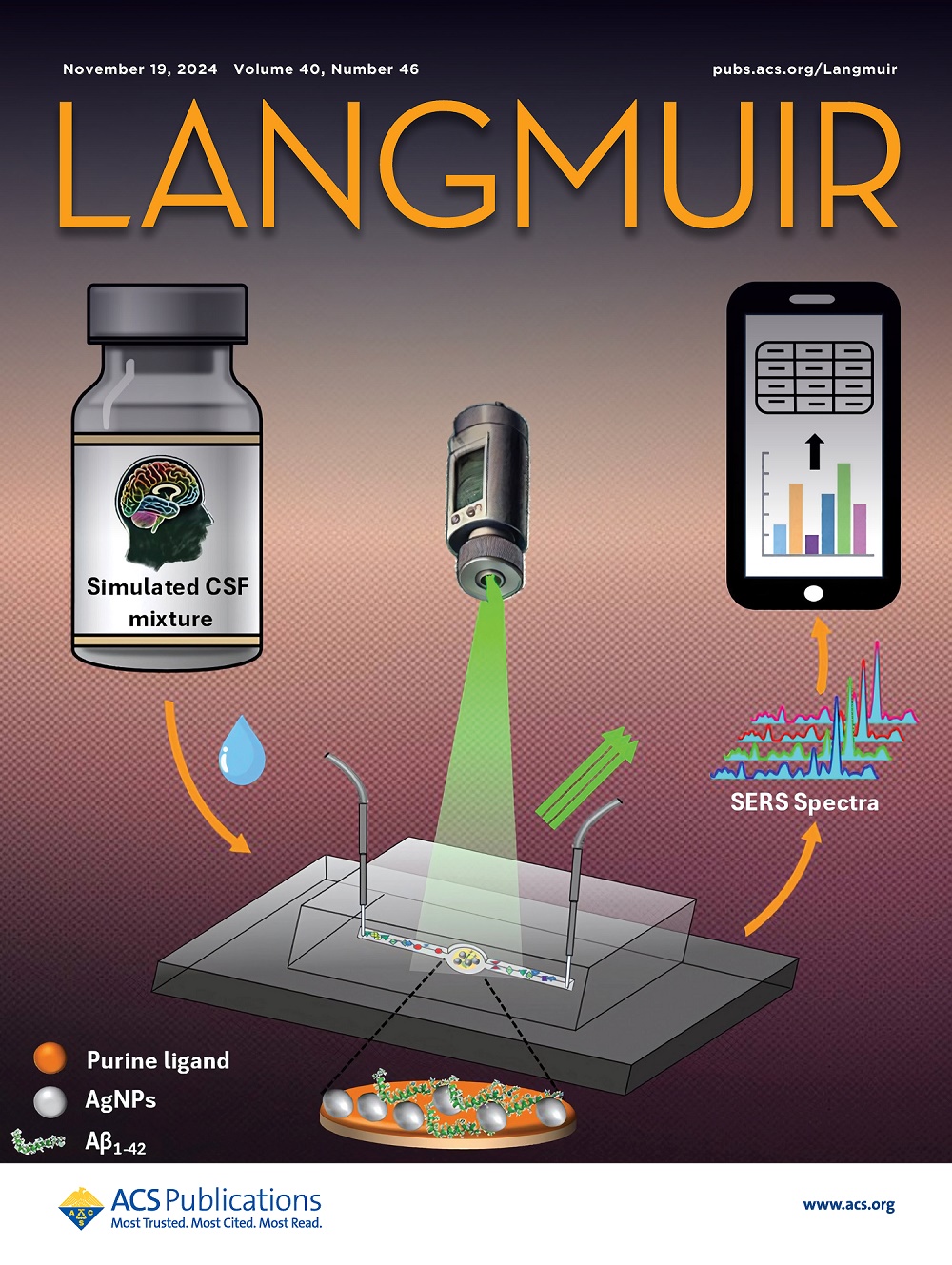Photoelectrochemical Pb2+ Analysis Based on the Effective Signal Quenching of CoPP toward Ag@PTCA Schottky Junction
IF 3.7
2区 化学
Q2 CHEMISTRY, MULTIDISCIPLINARY
引用次数: 0
Abstract
In this work, a specific and sensitive photoelectrochemical (PEC) biosensor has been constructed for the lead ion (Pb2+) assay by applying a silver nanoparticles@3,4,9,10-perylene tetracarboxylic acid (Ag@PTCA) Schottky junction as the signal substrate and cobalt tetraphenyl porphyrin (CoPP) as the signal quencher integrated with nucleic acid double-amplification strategies. The strong unidirectional conductivity of the Shottky junction and the surface plasmon resonance (SPR) effect of Ag NPs significantly enhanced the charge separation capability within the Ag@PTCA Schottky junction, thus providing a robust signal substrate for this biosensor. CoPP embedded within the double-strand DNA structure acted as the effective quencher. The double-amplification strategies containing rolling circle amplification (RCA) and DNAzyme-assisted Pb2+ cycling reaction were exquisitely designed and applied for upgrading the detection characteristics of the biosensor. The experimental findings demonstrated that the PEC signal was progressively recovered as the Pb2+ concentration increased from 500 fM to 5 μM, and the detection limit was 166.7 fM under optimal conditions, thus endowing the biosensor with the benefits of strong specificity and high selectivity. This method provides promising opportunities for detecting various heavy-metal ions in the fields of environmental monitoring, biological analysis, and medical research under complex conditions.

基于CoPP向Ag@PTCA Schottky结有效信号猝灭的Pb2+光电化学分析
本研究利用银nanoparticles@3,4,9,10-苝四羧酸(Ag@PTCA)肖特基结作为信号底物,四苯基卟啉钴(CoPP)作为信号猝灭剂,结合核酸双扩增策略,构建了一种特异、灵敏的铅离子(Pb2+)生物传感器。肖特基结的强单向导电性和银纳米粒子的表面等离子体共振(SPR)效应显著增强了Ag@PTCA肖特基结内的电荷分离能力,从而为该生物传感器提供了一个鲁棒的信号衬底。嵌入在双链DNA结构中的CoPP是有效的猝灭剂。设计了滚动圈扩增(RCA)和dnazyme辅助Pb2+循环反应的双扩增策略,提高了生物传感器的检测特性。实验结果表明,当Pb2+浓度从500 fM增加到5 μM时,PEC信号逐渐恢复,在最佳条件下的检测限为166.7 fM,从而使该生物传感器具有强特异性和高选择性的优点。该方法在复杂条件下的环境监测、生物分析和医学研究等领域为检测各种重金属离子提供了很好的机会。
本文章由计算机程序翻译,如有差异,请以英文原文为准。
求助全文
约1分钟内获得全文
求助全文
来源期刊

Langmuir
化学-材料科学:综合
CiteScore
6.50
自引率
10.30%
发文量
1464
审稿时长
2.1 months
期刊介绍:
Langmuir is an interdisciplinary journal publishing articles in the following subject categories:
Colloids: surfactants and self-assembly, dispersions, emulsions, foams
Interfaces: adsorption, reactions, films, forces
Biological Interfaces: biocolloids, biomolecular and biomimetic materials
Materials: nano- and mesostructured materials, polymers, gels, liquid crystals
Electrochemistry: interfacial charge transfer, charge transport, electrocatalysis, electrokinetic phenomena, bioelectrochemistry
Devices and Applications: sensors, fluidics, patterning, catalysis, photonic crystals
However, when high-impact, original work is submitted that does not fit within the above categories, decisions to accept or decline such papers will be based on one criteria: What Would Irving Do?
Langmuir ranks #2 in citations out of 136 journals in the category of Physical Chemistry with 113,157 total citations. The journal received an Impact Factor of 4.384*.
This journal is also indexed in the categories of Materials Science (ranked #1) and Multidisciplinary Chemistry (ranked #5).
 求助内容:
求助内容: 应助结果提醒方式:
应助结果提醒方式:


